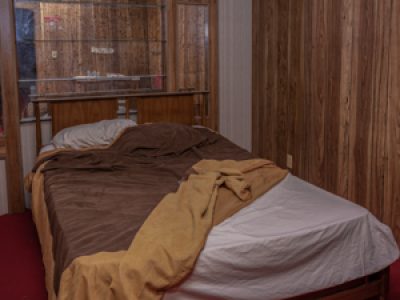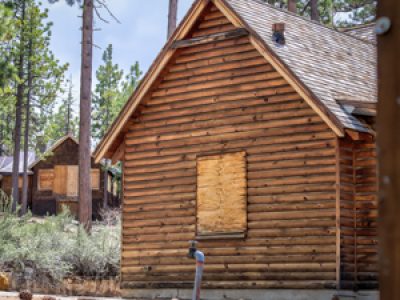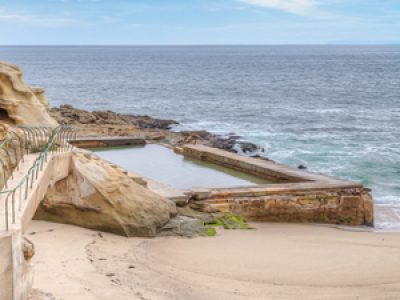13 Nevada Waterfalls
As one of the most arid states in the country, Nevada may not share in the presence of breathtaking waterfalls in neighboring states like Arizona, California or Oregon. Though those who have an appreciation for the desert can find a meditative quality in coming across the areas with streams, freshwater springs, and year-round waterflow in places that are otherwise hot and dry most of the time.
While much of the state’s landscape of over 300 mountain ranges and valley floors that once lied beneath ancient seas were formed in part by water – either inland seas or flash flooding – in current times there is much less water present, with most streams and rivers ultimately flowing into anomalous inland basins. Waterfalls tend to be a rarity, however those who go looking may be lucky to find that a good number lie nearby the state’s two population centers, southern Nevada’s Las Vegas area and northern Nevada’s Reno/Lake Tahoe region.
Below are images of some of the state’s waterfalls, with descriptions for those interested in seeking them out for themselves…
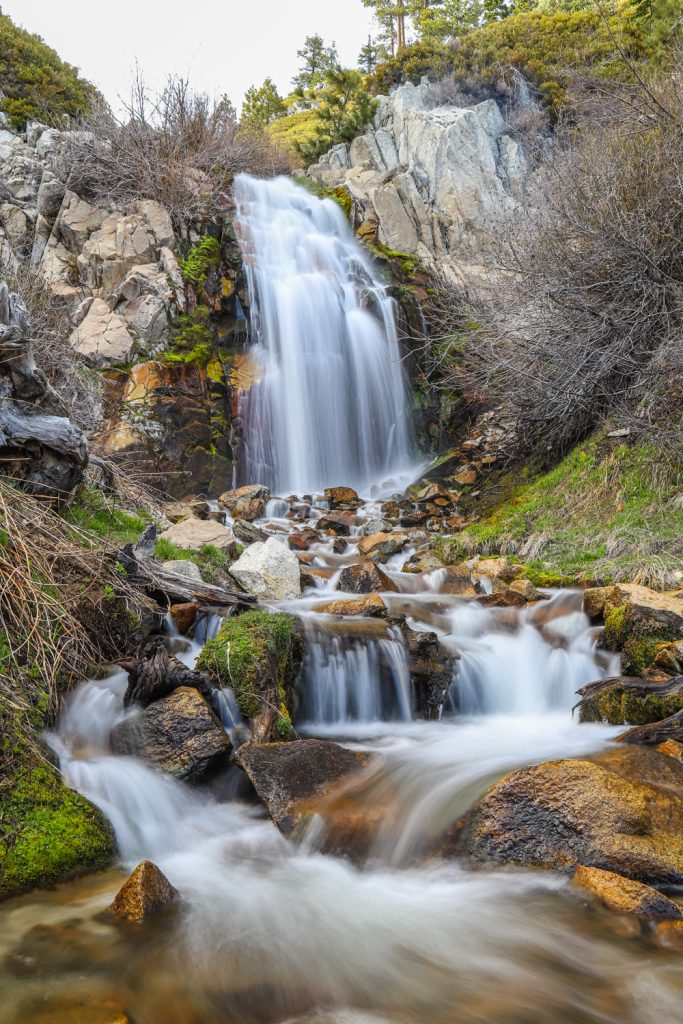
Third Creek Waterfall; Incline Village – A year-round 25 foot fall cascade from a small creek flowing from the High Sierra just outside of the edge of Incline Village. Eventually making its way into Lake Tahoe, the fall is accessible by a short trail with a steep descent.
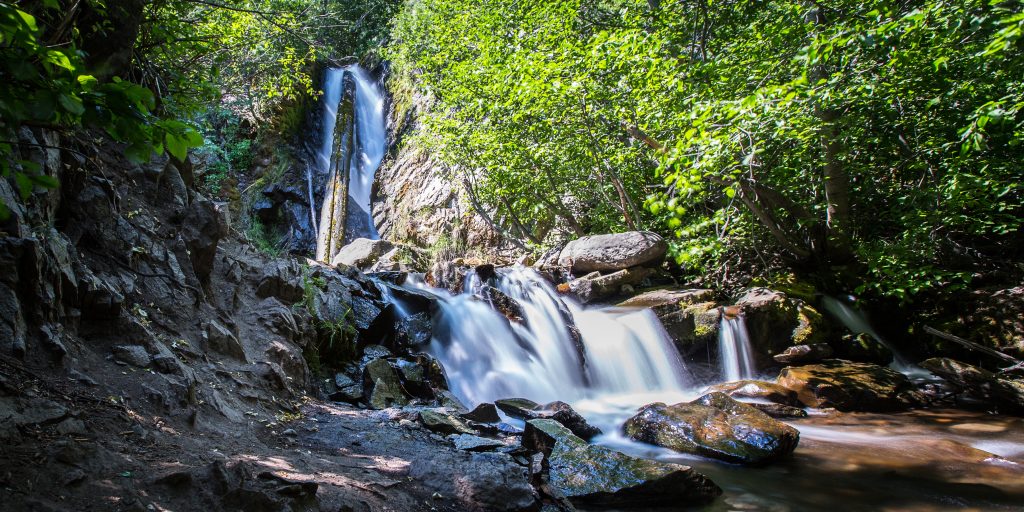
Hunter Creek Waterfall; Reno – A year-round falls known for being the most popular waterfall hike in the Reno area. The trail to reach the falls covers a 6 mile round trip consisting of mostly shadeless mountain hiking along a steep route that never really meets the creek until near the destination. The cool flow is great for a shocking dip after hiking in hot weather, though the area can be covered in ice and snow late into the season owing to the treeline coverage and higher elevation.
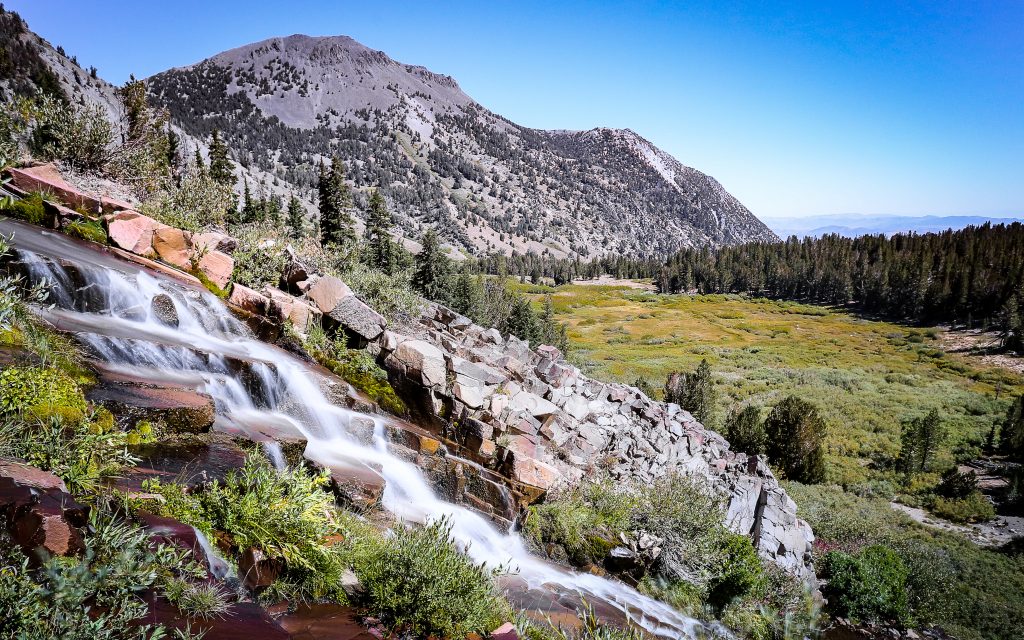
Galena Creek Falls; Mt. Rose – Galena Creek Falls, sometimes called Tamarack Falls because of the peak in the Mt. Rose Wilderness containing the spring that the creek flows from, stands over a junction along the popular trail Mt. Rose Summit Trail in the mountains between Reno and Lake Tahoe. While the area remains covered in a blanket of snow throughout most winter seasons, the spring unveils the landscape surrounding the falls on a stepped stone escarpment that overlooks a meadow sometimes covered in wild flowers with the peak of Mt. Rose looming to the north. While the hike to the falls themselves is relatively easy, those planning on going on any further will begin encountering some steep climbs up a scree-lined path to reach the summit.
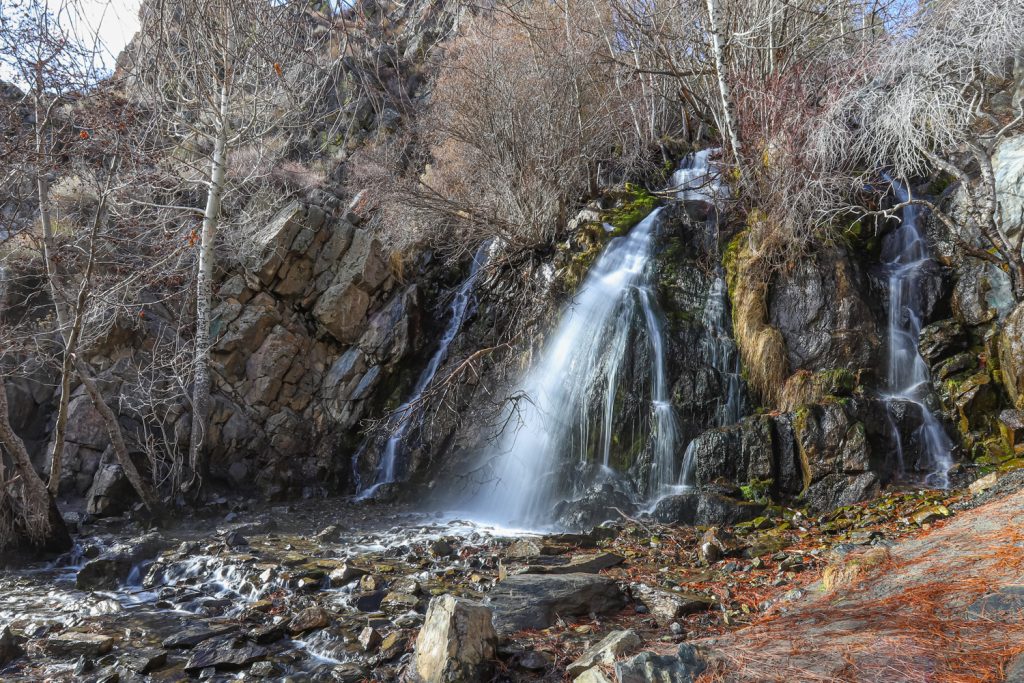
Kings Canyon Waterfall; Carson City – Consisting of two significant falls, Kings Canyon Waterfall, reached by a short trail on the western fringes of the capital, has water so clean that it makes up part of the city’s municipal water supply. The wide lower falls may be the more photogenic of the two, though tend to come with a corresponding amount of visitors, also owing to their location just up a short hike. And while the last bit to the falls may require ducking around bramble, there is a flat area beside the stream and rarely are others present.
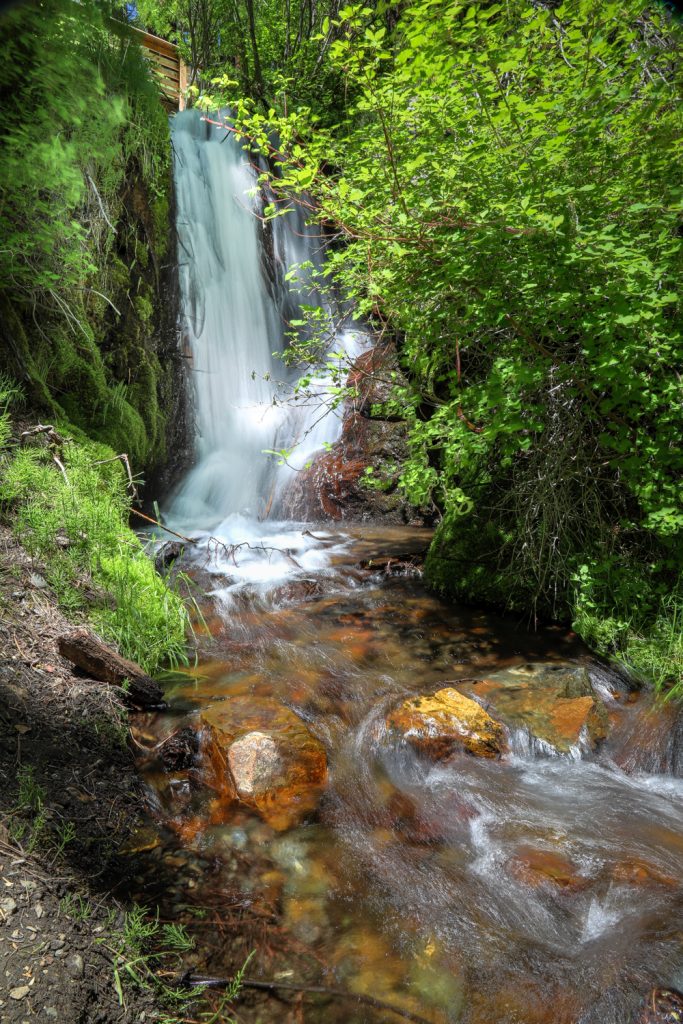
The Kings Canyon Upper Waterfall sits in a forested portion of the stream at a much cooler feeling mountainous elevation. With a meadow-like almost fairytale quality, this 15′ fall sits along a string of small serene points, made even quieter by the lack of visitors that venture up the much harder and steeper trails to reach them compared to the lower falls. Carson City has recently established hiking trails that skirt the edges of the mountains, and those able to shuttle vehicles or willing to backtrack can make the falls the destination of a good several mile hike.
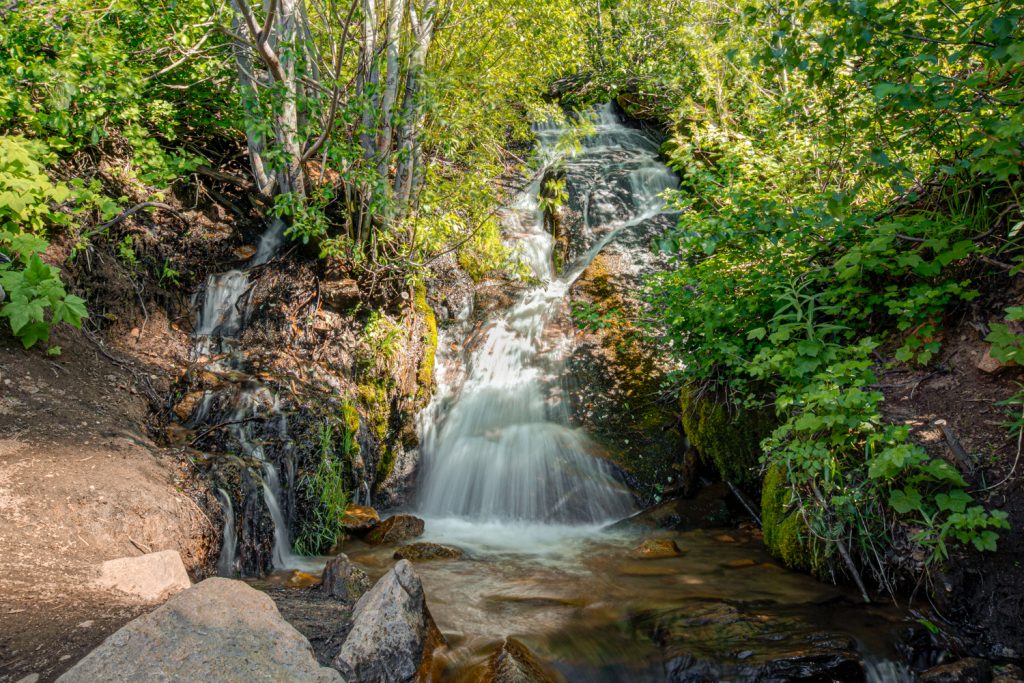
Van Sickle State Park Waterfall; Stateline – While the 1.15 mile trail to reach the falls will bring you just footsteps from the boundary of California, this unnamed waterfall in the Bi-State Park looks out to epic views over the southern side of Lake Tahoe. Cascading down a stone face about 25′ in height, visitors who take on the 500+ foot gain from the trailhead can view the falls from a bridge that spans the stream, or head down beside it to dip their hands in the cool mountainous waters.
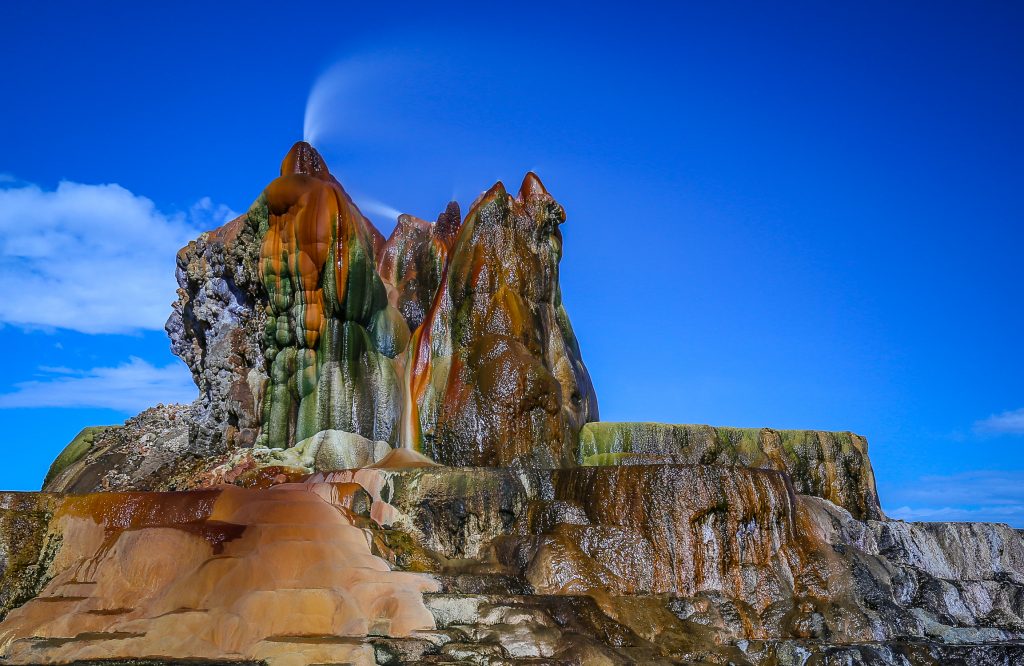
Fly Geyser; Black Rock Desert – This photogenic site was created by accident when a geothermal exploratory drilling operation on a private ranch struck near northern Nevada’s Black Rock Desert struck a mineral rich underground water stream, sending a spray into the air. Decades later, the accumulated minerals tables have created a colorful falls for the water spray that continues to shoot from the top of the mound before cascading down several levels of shallow pools. Now owned by the business group who runs the annual Burning Man event, Fly Geyser is accessible by admission-based tours hosted on weekends.
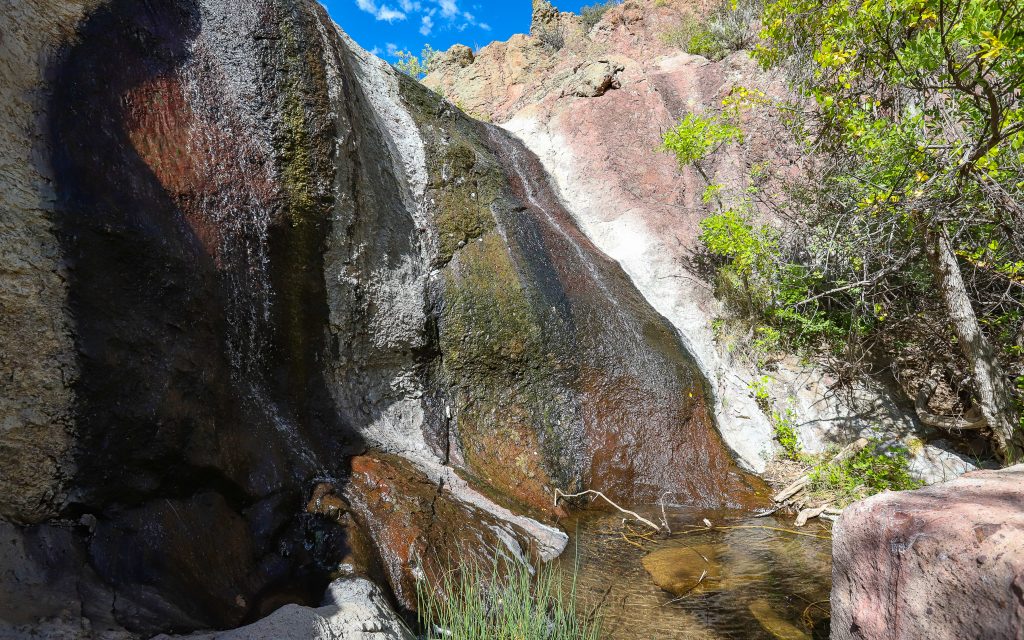
Beaver Dam State Park Waterfall; near Caliente – Lying just below the remains of a Civilian Conservation Corps-built concrete pool catching the flow of a natural warm spring, the waterfall inside the rural eastern-Nevada state park eventually flows into the Virgin River. The flow itself varies by season, and the 20 foot falls at the end of this moderate 1.5 mile round trip hike might be less visually impressive than the fact that they are simply present in an area with relatively few sizable cascades.
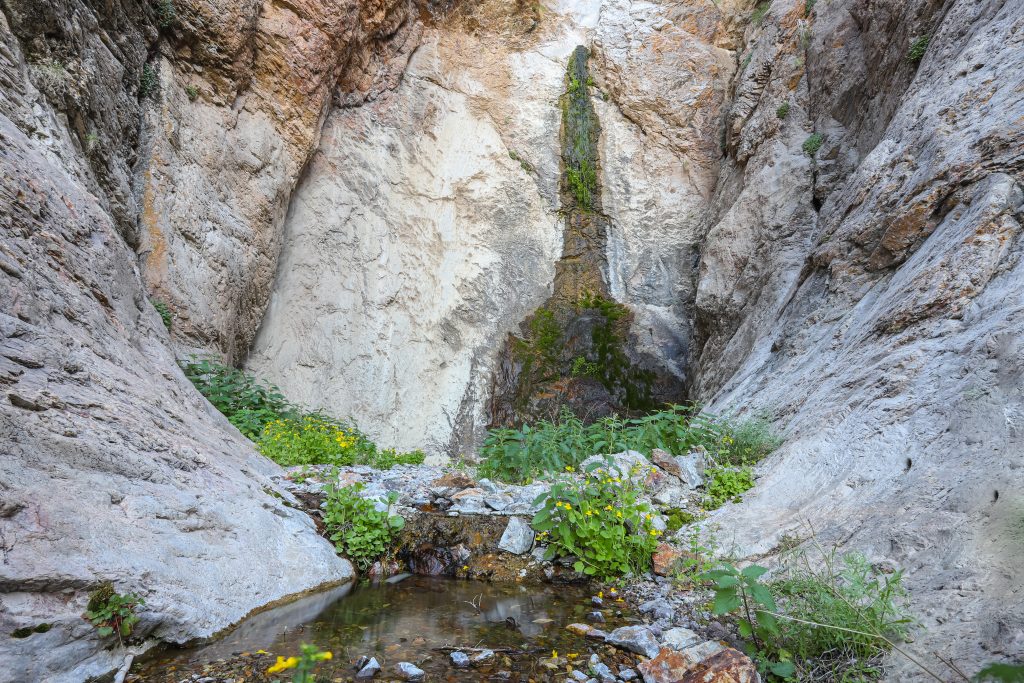
Stonewall Falls; Nye County – Falling down several stone faces in a narrow canyon from a year-round spring on Stonewall Mountain, these falls have served as a water source for the area’s wild mustangs, pronghorn antelope, burros, and bighorn sheep. While the area was a popular picnic spot during Goldfield’s booming mining days, over time, weather and drought conditions have led to gradual reduction in flow of the spring. Those looking to visit the falls which drop down a series of steps totaling nearly 400 vertical feet must also drive through an active aerial bombing range on a rough double track road. However the waterfall’s isolation and small green pools teeming with life amidst an arid desert give the feeling of a relaxing oasis.
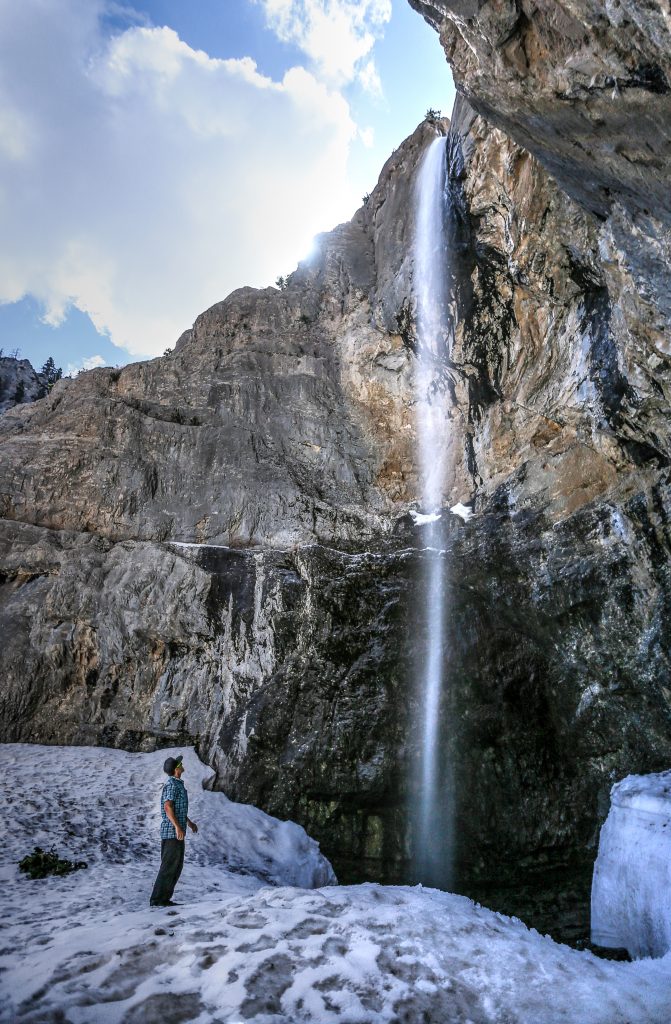
Big Falls; Mt Charleston Wilderness – The most spectacular falls in Southern Nevada’s Mt Charleston Wilderness, Big Falls drops about 60 feet and is reachable up a trail-less scramble following the path of the creek. A sheer fall from a stone shelf that encapsulates the stream below, Big Falls rarely sees the large number of visitors that make the hike to nearby Mary Jane Falls owing to its trail-less location much deeper into the wilderness area.
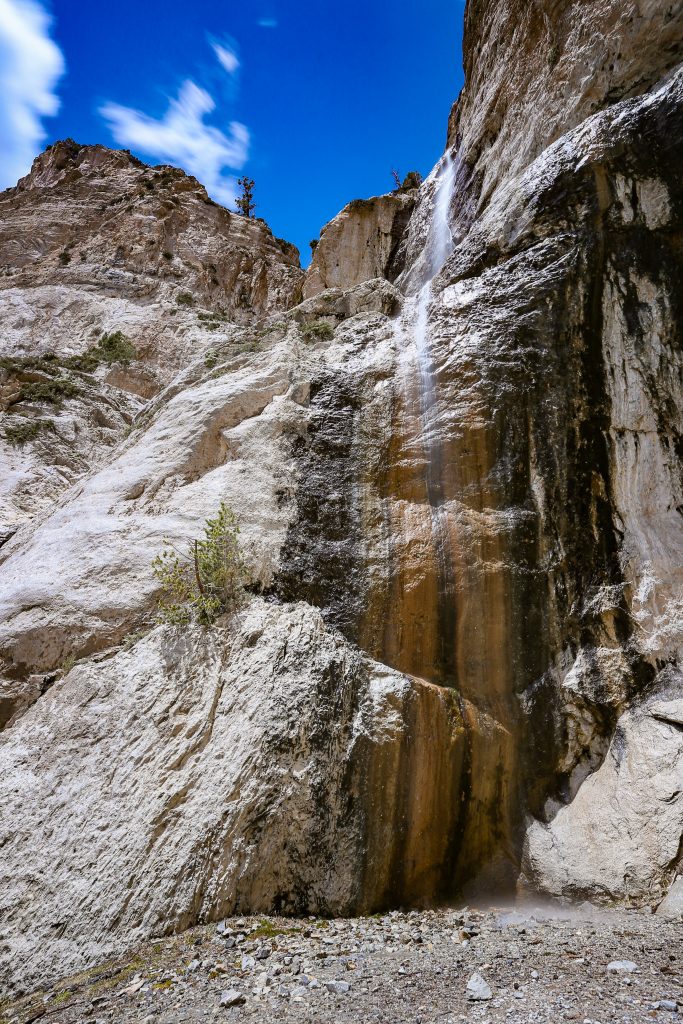
Mary Jane Falls; Mt Charleston Wilderness – Nestled at the end of a steep hiking trail, this popular waterfall sits amidst stone caves overlooking the treetops descending into the canyon below. Mary Jane Falls usually only sees a lower flow, making the waterfall itself a bit underwhelming most of the year. However following wet weather, the cascade down the rock face is definitely a sight in the mostly arid southern Nevada region.
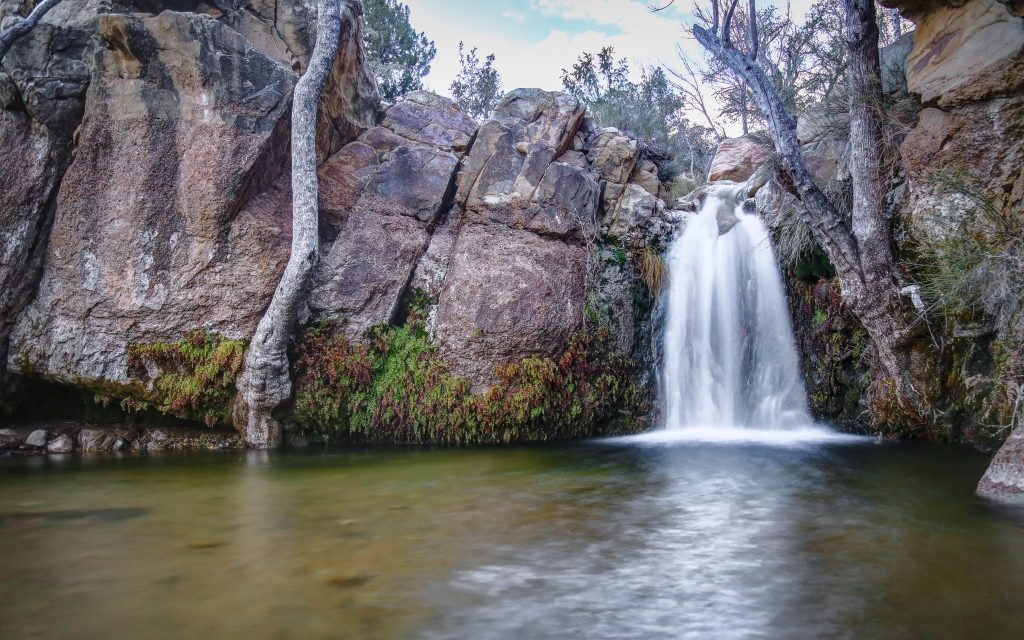
First Creek Waterfall; Red Rock Canyon National Conservation Area – First Creek Waterfall lies in a grotto up a steady hike in the Red Rock area that is separate from the concentrated area of trails and streams along the loop road. While the stream flows year-round, the waterfall is definitely more spectacular following the wet season when the pool is clearer and life teems at its edges.
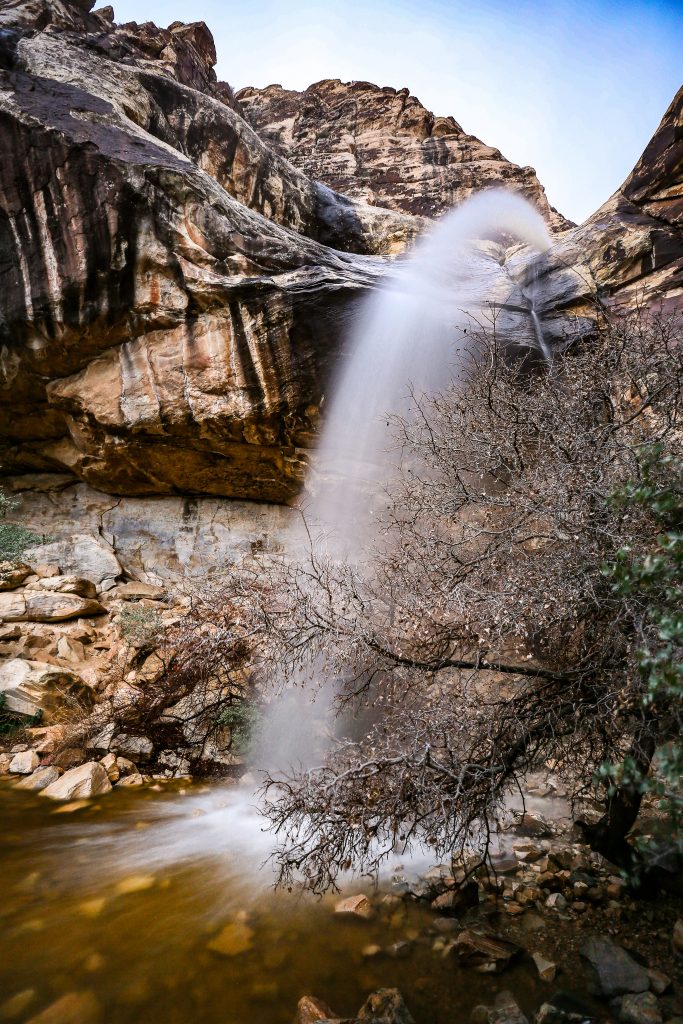
Lost Creek Falls; Red Rock Canyon National Conservation Area – Lost Creek Falls lies in a windswept canyon at the end of a short trail along the Red Rock loop road. Falling from an overhang, intrepid visitors can wedge their way behind the waterfall on the wet stones lining the canyon at its bottom.
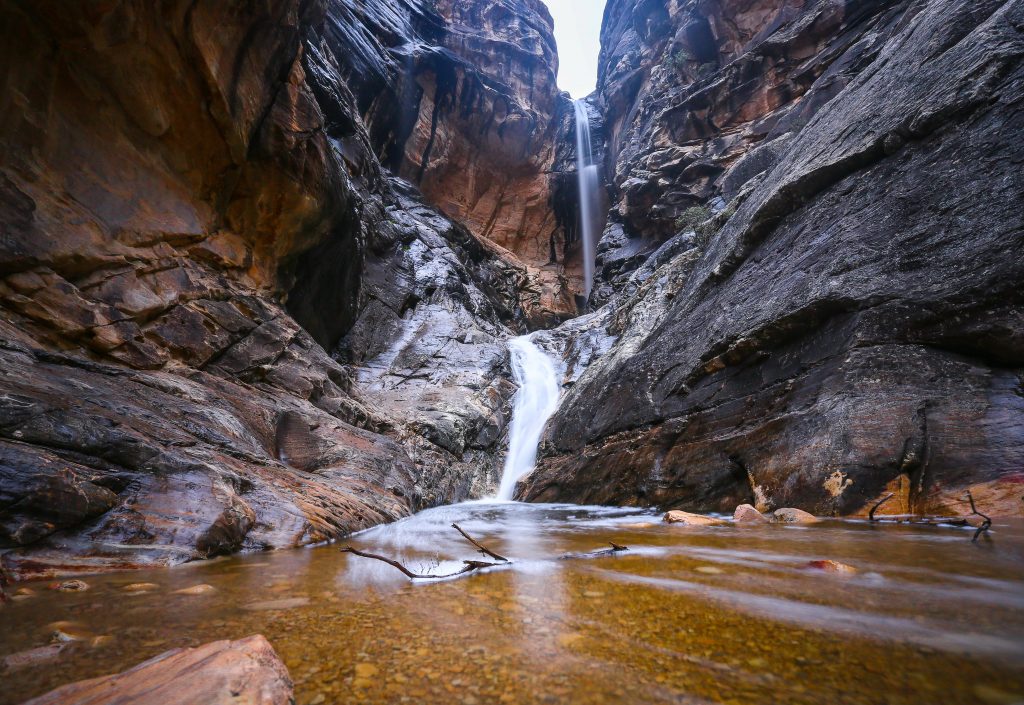
Ice Box Canyon Waterfall; Red Rock Canyon National Conservation Area – What is likely the most breathtaking waterfall in the state of Nevada if seen during the seasons of strong flow, the falls at the end of the strenuous Ice Box Canyon hike require hopping boulders and shimmying up a steep canyon to reach. This helps keeps the crowds away, and the falls first drop into a shallow stone pool, and from there cascade further into a pool before continuing to flow downward and into the valley below.
or see our other blog posts here.
